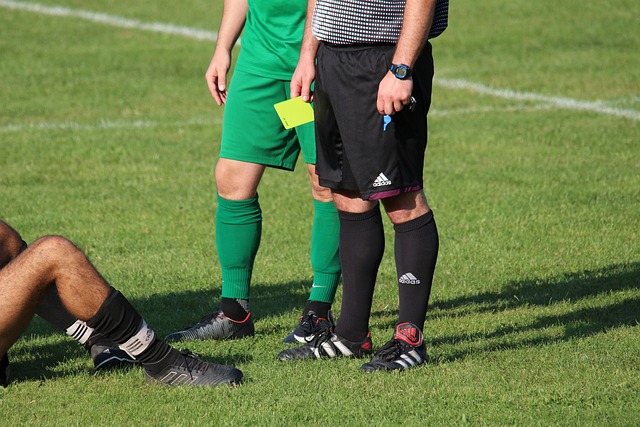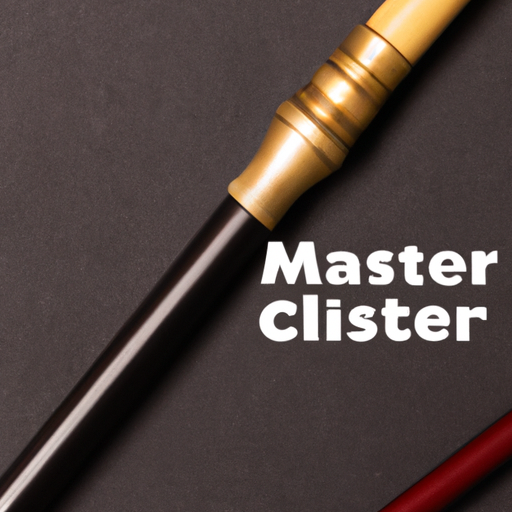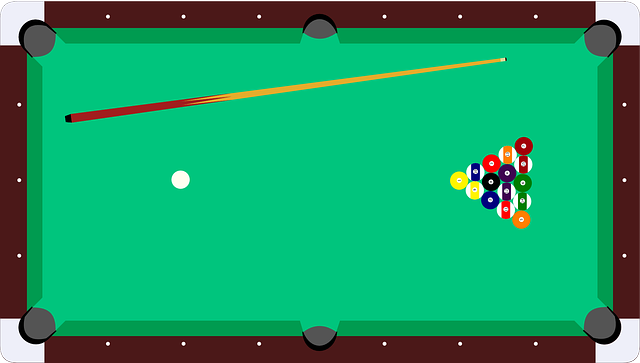How do you bridge a pool cue? The bridge is a fundamental technique in pool, billiards, and snooker that allows players to have stability and control over their shot. In this article, we’ll explore different bridging techniques, including the closed bridge, open bridge, and rail bridge, providing tips and insights to improve your game. Mastering the art of bridging is crucial for consistent and accurate shots.
How to Properly Bridge a Pool Cue: Techniques and Tips
To properly bridge a pool cue, there are several techniques and tips that can be followed. The bridge is an essential foundation for a solid and accurate shot in pool, billiards, and snooker. Here are some important pointers:
1. Hand Placement: Begin by placing your hand flat on the table with your fingers extended. The base of your thumb should touch the table surface.
2. Finger Alignment: Curl your fingers slightly and align them parallel to each other. This creates a sturdy and consistent bridge.
3. Supporting Hand: Use your non-dominant hand to support the weight of the cue. Place it firmly on the table, close to your dominant hand.
4. Distance: Keep a proper distance between your bridge hand and the cue ball. For most shots, a bridge length of around 6-8 inches works well.
5. Steady Bridge: Maintain a steady and solid bridge throughout the shot. Avoid unnecessary movement or adjustments once you have found a comfortable position.
6. Bridge Height: Adjust the height of your bridge according to the shot requirements. Generally, a lower bridge is preferred for more power, while a higher bridge allows for more control and finesse.
7. Bridge Length: Modify the length of your bridge based on the shot distance and the amount of backswing you need. A shorter bridge is suitable for shots requiring less power, while a longer bridge may be necessary for shots that require more force.
Remember, practice is key to developing a consistent and effective bridge. By mastering the techniques mentioned above, you can improve your overall accuracy and control on the pool table.
The Purpose of Bridging in Pool, Billiard and Snooker
In this section, we will explore the importance and purpose of bridging when playing pool, billiards, and snooker. We’ll delve into why it is necessary and how it affects your shot accuracy and control.
When you bridge a pool cue, you create a stable and consistent base for your cue hand. This bridge acts as a support, allowing you to achieve a smooth and steady stroke. Whether you’re performing a basic shot or a more advanced technique, a proper bridge is essential.
Why is a proper bridge important?
A proper bridge allows for greater control over the direction and speed of the cue ball. It helps in achieving accurate shots by minimizing unwanted movements and ensuring a consistent point of contact between the cue tip and the cue ball. Without a good bridge, it becomes difficult to execute shots with precision, resulting in inconsistent gameplay.
Different Bridge Techniques
In this section, we will explore various bridge techniques commonly used in pool, billiards, and snooker. Each technique offers its advantages, and players often choose a bridge based on personal preference and the specific shot they need to execute.
Open Bridge:
The open bridge refers to a bridge where the index finger and thumb form an arch, while the other fingers rest on the table. This bridge offers versatility, allowing for adjustments in your stroke power and spin control. It is commonly used for shots that require more finesse and a wider range of cue ball positioning.
Closed Bridge:
The closed bridge involves pressing the index finger against the cue shaft, creating a more stable and precise bridge. This technique provides increased control and accuracy, making it ideal for shots that require a straight and controlled stroke, such as long straight potting or playing snooker.
Rail Bridge:
The rail bridge involves placing the cue hand on the edge of the pool table rail. This technique is useful when you’re shooting with the cue ball close to the rail, as it helps maintain stability and avoid unintentional movements caused by an elevated bridge.
Tips for Improving your Bridging Technique
To enhance your bridging technique and improve your overall gameplay, consider implementing the following tips:
1. Consistency is key: Ensure that your bridge remains consistent throughout your game. Consistency helps build muscle memory, leading to more accurate shots over time.
2. Practice different bridge techniques: Experiment with various bridge styles and find the one that feels most comfortable and allows for greater control and accuracy.
3. Keep a relaxed grip: Avoid gripping the cue too tightly. A relaxed grip leads to a smoother stroke and improved shot execution.
4. Focus on cue ball contact: Pay attention to the point of contact between the cue tip and the cue ball. Consistent and precise contact will significantly impact the outcome of your shots.
5. Seek guidance from experienced players: Observe and learn from skilled players who have mastered the art of bridging. They can provide valuable insights and advice to help refine your technique.
By understanding the importance of bridging, exploring different techniques, and implementing tips for improvement, you can enhance your game and become a more proficient player in the world of pool, billiards, and snooker.
FAQ
What is the purpose of bridging a pool cue?
The purpose of bridging a pool cue in the context of pool, billiards, and snooker is to provide stability and control while taking a shot.
Are there different types of bridge techniques for pool cues?
Yes, there are different types of bridge techniques for pool cues.
Is it necessary to use a bridge when playing pool?
No, it is not necessary to use a bridge when playing pool, but it can be helpful for shots that require reach or stability.
In conclusion, mastering the art of bridging a pool cue is essential for any serious player in the world of pool, billiards, and snooker. By utilizing the proper hand placement, stance, and consistency, players can achieve greater accuracy and control in their shots. Remember to keep a relaxed grip and maintain a stable bridge to effectively transfer power from your arm to the cue ball. With practice and patience, you can confidently approach any shot, knowing that you have the skills to bridge like a pro. So, keep honing your technique and enjoy the game to its fullest!






